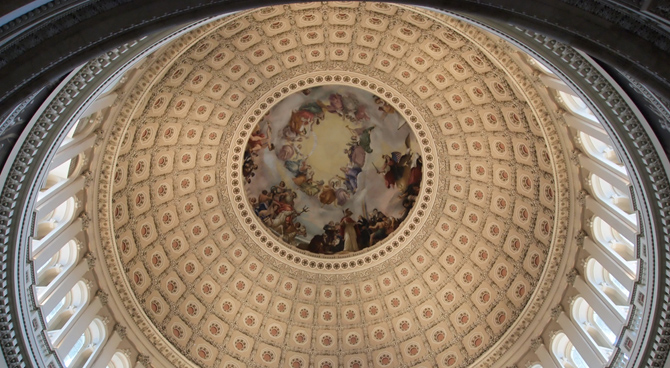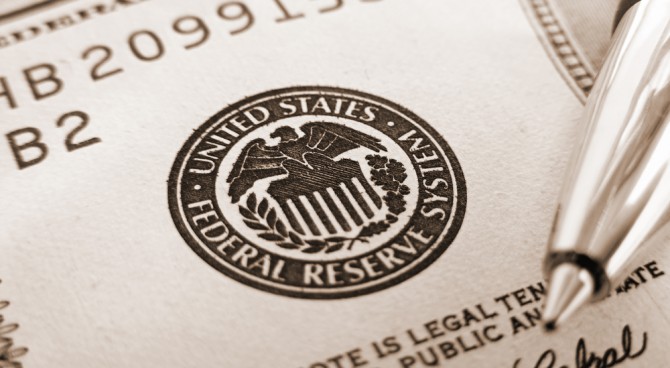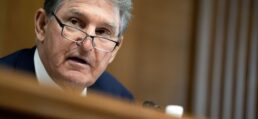Federal spending is its biggest driver. He has demanded an honest accounting, due this week.
By Phil Gramm and Mike Solon
Nov. 18, 2021 12:05 pm ET
Long before the Bureau of Labor Statistics reported inflation had hit a 30-year high, Sen. Joe Manchin (D., W.Va.) raised concerns about how President Biden’s Build Back Better bill would affect the economy, the national debt, entitlements and especially inflation. To assess the bill’s potential consequences, he demanded, among other things, a complete budgetary scoring by the Congressional Budget Office, with no gimmicks, program sunsets or phony savings.
The CBO report, released Thursday, chronicles all the bill’s budgetary games. When all the gimmicks and sunsets are taken into account, the White House claim that the bill is fully paid for is the most fraudulent scoring claim ever made for a major policy proposal in the modern era. And the bipartisan bar is high.
The CBO dutifully accepts the absurd assumption that a program aimed at permanently expanding the role of government in American life will be funded only temporarily. None of President Biden’s supporters in Congress plan to let funding for their programs lapse—ever—but they will seize on estimates based on temporary funding and claim the bill is at least largely paid for. With clock running, the CBO didn’t include any dynamic scoring, which considers the bill’s effects on economic growth. This omission will benefit Mr. Biden, allowing Democrats to continue to claim that the bill will strengthen the economy and reduce inflation.
While Covid-19 disrupted the world’s supply chains and the Federal Reserve accommodated to a degree unprecedented in its history, the explosion in federal spending is the primary driving force behind surging inflation. Total federal outlays skyrocketed by 47% in 2020 and 54% in 2021. This spending created a 35% surge in personal government transfers, some 4.2 times the postwar average. Americans hold $4.7 trillion in their checking accounts, more than three times their pre-pandemic holdings. Sen. Manchin’s repeated concerns have at least focused the public debate on federal spending.
The most important question: Will the bill add to the total wave of spending that threatens to accelerate and sustain inflation? Democrats Larry Summers and Jason Furman have sounded the alarm about the surge in federal spending and the building inflation crisis. But both have tried to minimize the effect the bill will have on inflation. Their argument is that since the spending is spread out over 10 years, the effect will be muted. But as the CBO report shows, the spending is not actually spread out over 10 years. Many programs are set to expire sooner. The true cost of the bill without sunsets is about $4.9 trillion, not $2.4 trillion, according to the Committee for a Responsible Federal Budget. Only about a third of it would be paid for.
As written, the bill is almost totally front-loaded. The new monthly child tax credit costs $1.13 trillion over a decade, but Democrats pretend it will only last a year, with the cost falling to $130 billion. The cost of the earned-income tax credit expansion, the child care and pre-K program, and the ObamaCare subsidies are reduced to $530 billion from $1.47 trillion with fake sunset dates.
With the current cap of $10,000 on the deductibility of state and local taxes set to expire in 2025, the House plan would increase the deduction to $80,000 retroactively, which represents an immediate tax cut for the richest Americans living in the richest areas of the country. The provision then supposedly raises taxes after the fifth year to pay for the tax cuts in the first five years.
The CBO estimates that the bill’s funding for additional Internal Revenue Service tax-enforcement activities “would increase outlays by $80 billion and revenues by $207 billion, thus decreasing the deficit by $127 billion, through 2031.” That is about a third of a trillion less than the White House estimates.
Had the CBO provided a dynamic score, it wouldn’t have been good news for the Democrats. In 2017 the budget office scored the Republican tax cut as generating a growth dividend of an extra $451 billion in federal revenues. Four months later, the CBO increased its baseline by $1.1 trillion in extra federal revenues, more than twice the original dividend. Raising taxes can be reasonably expected to yield a significant decline in economic growth and federal revenues, the reverse of the 2017 tax cuts. Also based on the CBO’s scoring of ObamaCare, a dynamic score would show a surge of government benefits cutting employment levels and GDP growth.
No doubt those who are determined to prolong the spending spree will pick and choose the parts of the CBO document that seem to support their position. But if Sen. Manchin looks at the scoring with no gimmicks, sunset programs or phony savings, as he has promised, he will either decide to end this dangerous debate—or delay it until the spring to get a clearer picture of the inflation problem.
Mr. Gramm is a former chairman of the Senate Banking Committee and a visiting scholar at American Enterprise Institute. Mr. Solon is a partner of US Policy Metrics.
This article has been updated to account for the release of the CBO report.





